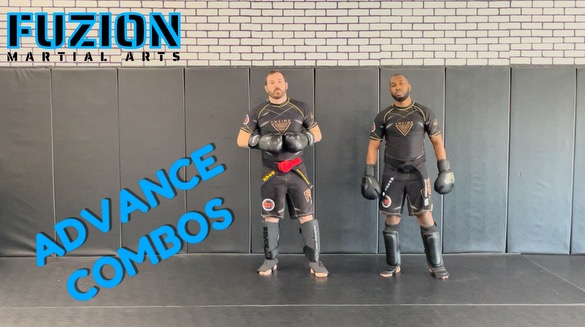
- 273
- 0
In the ever-evolving world of martial arts, traditional disciplines like Karate, Judo, Muay Thai, and Brazilian Jiu-Jitsu each bring unique techniques, philosophies, and strengths. But what happens when you blend the best of these styles into one comprehensive system? That’s where Mixed Style Martial Arts (MSMA) comes in — and the benefits are powerful.
Complete Self-Defense Skill Set
Traditional martial arts often specialize in specific ranges: Taekwondo for kicks, Boxing for punches, Judo for throws, and BJJ for groundwork. Mixed Style Martial Arts combines these elements to prepare practitioners for real-world confrontations that are unpredictable and multidimensional.
A well-rounded fighter knows how to:
-
Strike with hands, elbows, knees, and feet
-
Clinch and control an opponent’s movement
-
Defend and attack on the ground
By training across styles, students develop the confidence to defend themselves in nearly any situation.
Greater Physical Conditioning
Mixing styles means you’re constantly challenging your body in new ways. A striking-based workout develops cardio and agility, while grappling-based training builds strength, endurance, and flexibility. This full-spectrum fitness translates into:
-
Improved cardiovascular health
-
Enhanced coordination and reflexes
-
Increased muscle tone and core strength
-
Better weight control and stamina
Martial artists who cross-train in multiple disciplines often report faster physical progress and fewer plateaus.
Mental Adaptability and Problem Solving
Training in mixed styles forces the brain to stay sharp. Whether it’s adjusting to an opponent’s rhythm, switching between distance and close-quarters combat, or learning to escape a ground hold, mixed martial arts training is as mental as it is physical.
Students develop:
-
Greater tactical awareness
-
Faster reaction times
-
Confidence under pressure
-
Creative thinking in live situations
MSMA teaches not just techniques, but also how to adapt and evolve.
Personal Growth and Humility
Every martial art has a different philosophy, culture, and approach to discipline. By learning from multiple systems, students experience:
-
Diverse teaching styles
-
Exposure to different cultural values
-
A deeper appreciation for martial arts as a whole
This cultivates humility. Even the most experienced striker will struggle when they first learn grappling — and vice versa. That journey builds character, patience, and respect for lifelong learning.
Competitive Edge
For those interested in competition, mixed style training is essential. From amateur smokers to professional MMA fighters, versatility wins matches. The ability to switch tactics mid-fight — from striking to clinching to ground-and-pound — makes fighters more strategic, unpredictable, and dangerous in the ring or cage.
Keeps Training Fun and Engaging
Finally, mixing styles keeps things fresh. Training the same routine can become repetitive over time, but when you’re learning a new sweep from Jiu-Jitsu one day, then working on Muay Thai clinch drills the next, it keeps your martial arts journey exciting and engaging.
Mixed Style Martial Arts doesn’t mean abandoning tradition — it means expanding your toolkit. Whether you’re training for self-defense, fitness, competition, or personal growth, cross-training across disciplines helps you become a complete martial artist.
